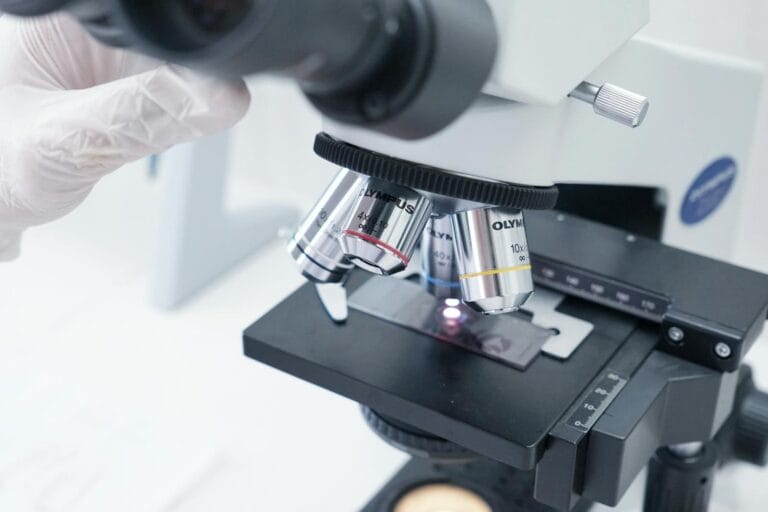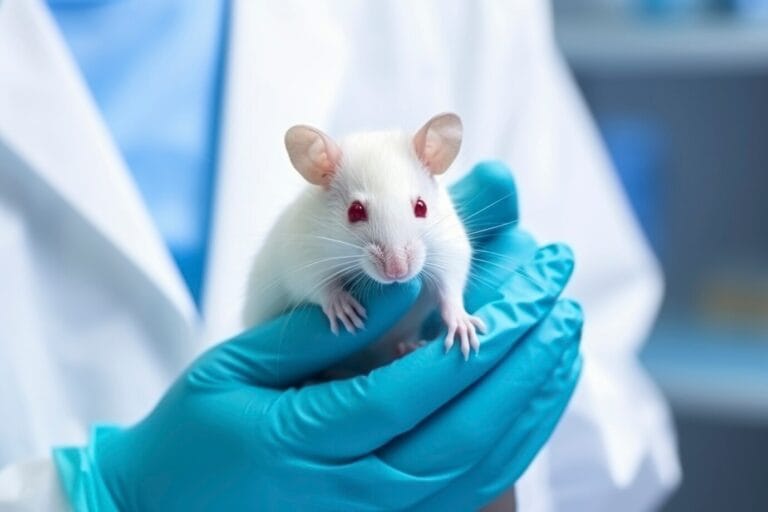
How Dangerous Are Herbicides to Non-Target Organisms?

The use of herbicides is one of the main pillars of modern agricultural practices. Herbicides enable effective control of invasive weeds. However, despite their significant benefits, the application of herbicides also raises major concerns regarding their potential toxicity to non-target organisms.
Non-target organisms include beneficial insects, aquatic life, and soil microorganisms, all of which play crucial roles in maintaining ecosystem balance. Herbicide exposure to these non-target organisms can disrupt ecosystem functions, reduce biodiversity, and ultimately harm the sustainability of agricultural practices.
Toxicity testing of herbicides on non-target organisms provides valuable insights for designing herbicide use strategies that are more environmentally friendly without compromising agricultural productivity. Therefore, such testing becomes a crucial step in establishing more sustainable agricultural systems.
Read more:
Herbicide threatens manatee immune systems, UF study finds
What is Herbicide?
Herbicides are chemical substances designed to control unwanted plants (weeds) by inhibiting their growth or killing them outright. The use of herbicides benefits farmers by enabling quick weed management, thereby increasing crop yields.
Herbicides operate through various modes of action, targeting specific biological processes in weeds. Some commonly used herbicides include Glyphosate, Propanil, and Fomesafen.
Glyphosate is a broad-spectrum systemic herbicide that inhibits specific enzyme pathways found in plants and certain microorganisms. Propanil is an anilide herbicide effective against several types of grasses and broadleaf weeds. Fomesafen is a selective herbicide targeting specific weed species without harming cultivated crops.
Each herbicide has a unique mode of action that determines its effectiveness and environmental impact. The widespread use of herbicides requires rigorous testing to evaluate their safety for non-target organisms.
Herbicide Toxicity Testing on Non-Target Organisms
Herbicides that are harmful to beneficial insects and other wildlife can disrupt food webs and reduce biodiversity. Additionally, herbicides can damage soil health. Soil microorganisms that contribute to nutrient cycling and soil fertility may be affected, ultimately reducing land productivity.
Toxicity testing is crucial to assess the environmental risks associated with the use of these herbicides on non-target organisms. Various methods have been employed to evaluate the toxicity of herbicides on non-target organisms.
Read more:
Teratogenic Toxicity Test of Herbicide Products Using Zebra Fish (Danio rerio)
One commonly used method is laboratory toxicity testing. These tests provide insights into acute toxicity levels and behavioral responses under controlled conditions. In addition, long-term exposure studies are conducted to understand the cumulative effects of herbicides on growth, reproduction, and survival rates of organisms.
Field studies are another important method for evaluating the impact of herbicides on non-target organisms. These studies are conducted directly in natural habitats to assess the real-world effects of herbicide application. Factors such as exposure routes, environmental conditions, and community dynamics are taken into account to provide a more comprehensive understanding.
Microbial toxicity testing has become increasingly important, given the critical role of soil microorganisms in maintaining ecosystem functions. These tests aim to evaluate changes in the diversity and functionality of microbial communities caused by herbicide exposure.
Furthermore, omics-based approaches, such as genomics, transcriptomics, and proteomics, are used to uncover the molecular mechanisms underlying toxicity in non-target organisms. These advanced methods provide an in-depth understanding of how herbicides affect biological systems at various levels.
By combining these various methods, researchers can evaluate the impacts of herbicides more accurately and comprehensively. Laboratory tests can help identify potential impacts of herbicides on non-target organisms, so that their use can be safer.
Laboratory tests must be carried out by experienced testing institutions. Toxicity tests must be carried out by testing institutions that have been recognized for their quality by related institutions such as the Ministry of Agriculture. Choosing a trusted testing institution is also to ensure that herbicide formulations remain effective, safe, and meet applicable standards.
Author: Dherika, Editor: Sabilla
References:
Pereira, J. L., Antunes, S. C., Castro, B. B., Marques, C. R., Gonçalves, A. M., Gonçalves, F., & Pereira, R. (2009). Toxicity evaluation of three pesticides on non-target aquatic and soil organisms: commercial formulation versus active ingredient. Ecotoxicology (London, England), 18(4), 455–463. https://doi.org/10.1007/s10646-009-0300-y.
Simões, T., Novais, S.C., Natal-da-Luz, T. et al. (2018). An integrative omics approach to unravel toxicity mechanisms of environmental chemicals: effects of a formulated herbicide. Sci Rep 8, 11376. https://doi.org/10.1038/s41598-018-29662-6.
Thiour-Mauprivez, C., Martin-Laurent, F., Calvayrac, C., & Barthelmebs, L. (2019). Effects of herbicide on non-target microorganisms: Towards a new class of biomarkers?. The Science of the total environment, 684, 314–325. https://doi.org/10.1016/j.scitotenv.2019.05.230.
Zilnik, G., Bergeron, P. E., Chuang, A., Diepenbrock, L., Hanel, A., Middleton, E., Moretti, E., & Schmidt-Jeffris, R. (2023). Meta-Analysis of Herbicide Non-Target Effects on Pest Natural Enemies. Insects, 14(10), 787. https://doi.org/10.3390/insects14100787.



